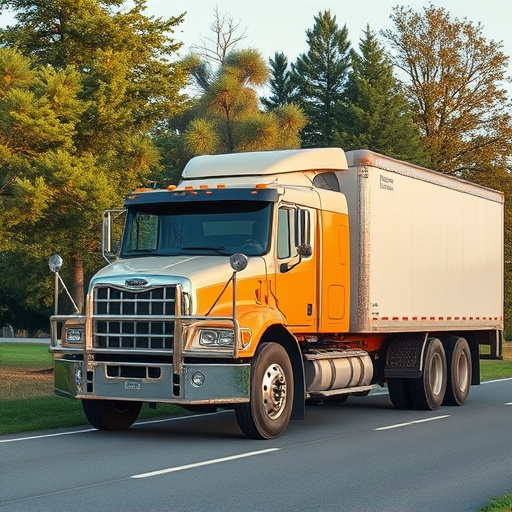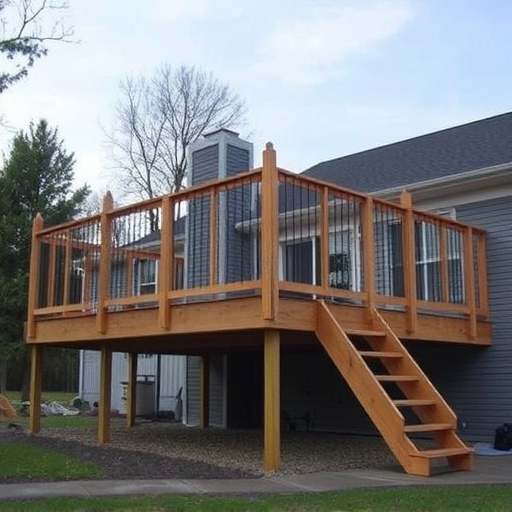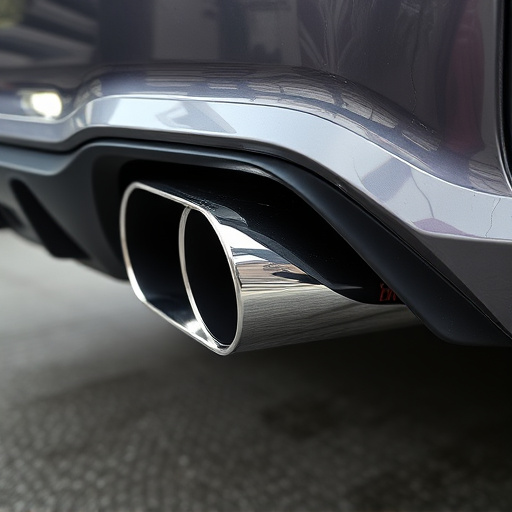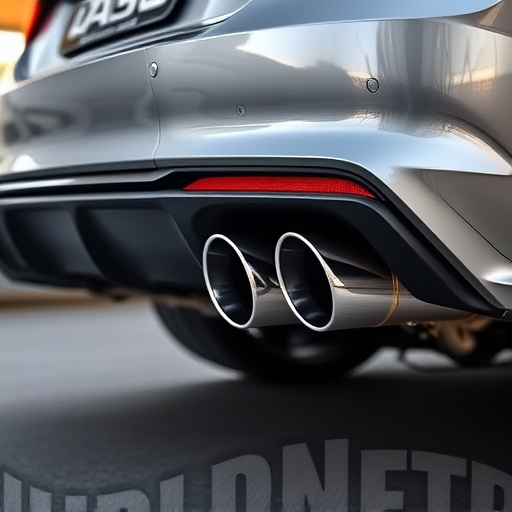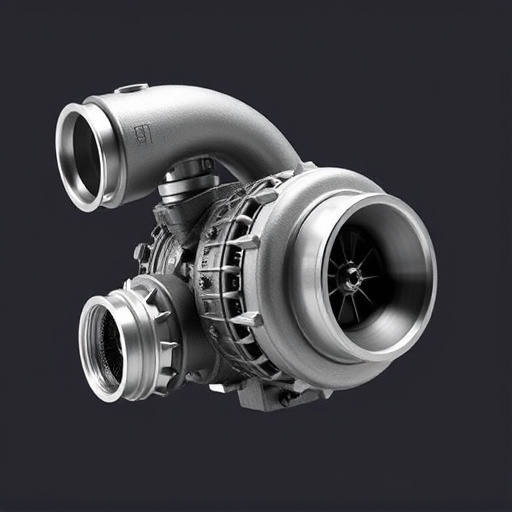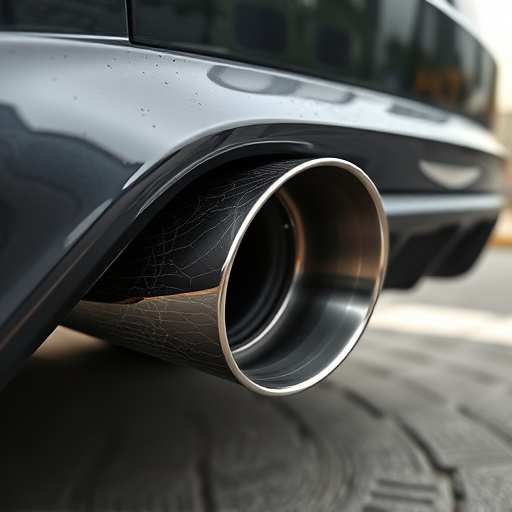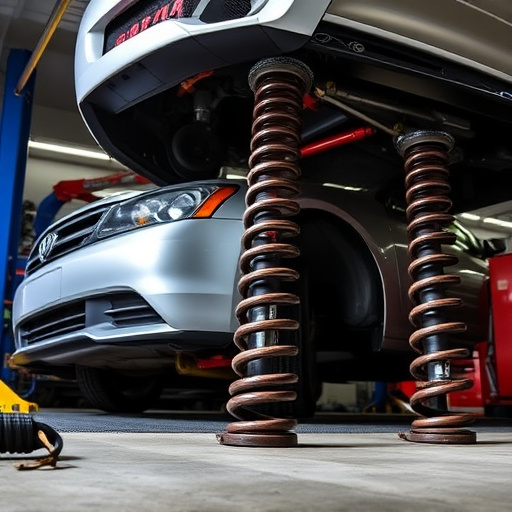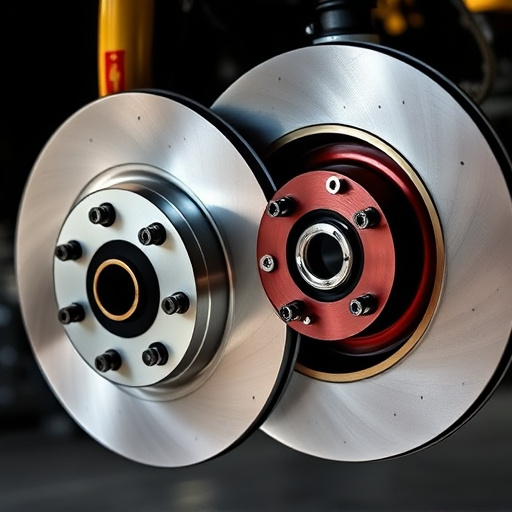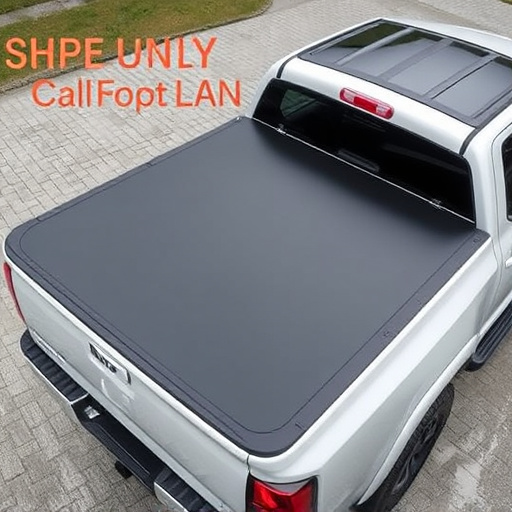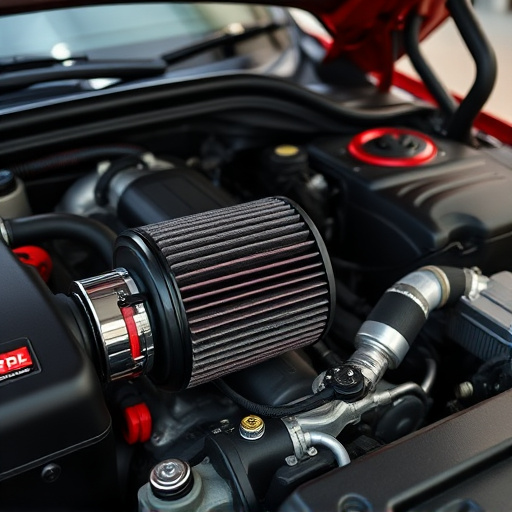Polyurethane bushings are key NVH reducers in modern vehicles, offering exceptional flexibility and durability through high-performance polymers. They absorb vibrations, minimize noise transmission, and improve ride quality while enhancing fuel efficiency due to their lightweight design. Compared to alternatives, polyurethane bushings provide long-lasting performance even under extreme conditions, optimizing vehicle dynamics for a smoother, quieter, and more comfortable drive.
Polyurethane bushings have become an integral part of modern vehicle design, offering significant advantages in terms of NVH (noise, vibration, and harshness) reduction and ride quality enhancement. This article delves into the materials and construction of these innovative components, exploring how they mitigate unwanted noises and vibrations while improving vehicle comfort and handling. By understanding the unique properties of polyurethane bushings, automotive engineers can optimize vehicle performance and passenger experience.
- Understanding Polyurethane Bushings: Materials and Construction
- Impact on NVH: Noise, Vibration, and Harshness Reduction
- Ride Quality Enhancement: Comfort and Handling Benefits
Understanding Polyurethane Bushings: Materials and Construction
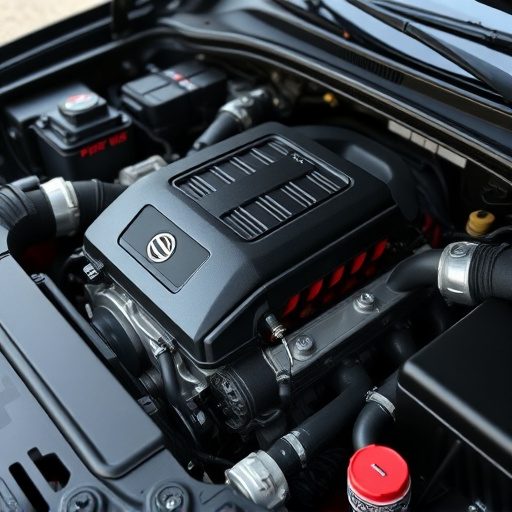
Polyurethane bushings are an essential component in modern vehicle design, playing a crucial role in improving NVH (Noise, Vibration, and Harshness) levels and enhancing ride quality. These bushings are made from high-performance polymers, typically a type of polyurethane foam, which offers excellent flexibility and durability. The construction process involves mixing diisocyanates with polyols, creating a viscous liquid that solidifies over time to form the bushing material.
Compared to traditional rubber or metal components, polyurethane bushings provide several advantages. They are lightweight, contributing to improved fuel efficiency, especially in vehicles with high-performance exhaust mufflers or cold air intakes. The material’s inherent flexibility allows it to absorb and dissipate vibrations effectively, reducing the transmission of unwanted noises from critical parts like brake pads and suspension systems, resulting in a smoother ride for passengers.
Impact on NVH: Noise, Vibration, and Harshness Reduction
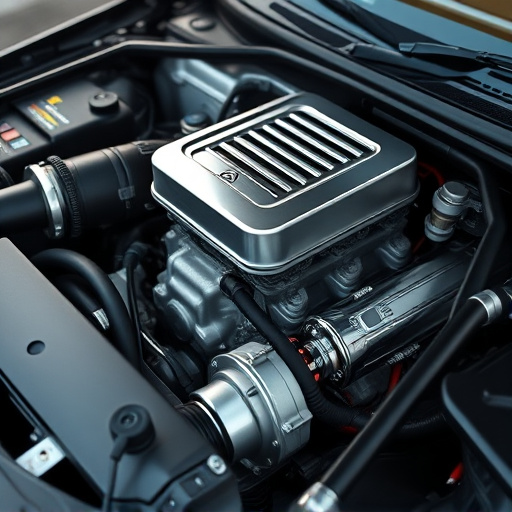
Polyurethane bushings significantly contribute to Noise, Vibration, and Harshness (NVH) reduction in vehicles. Their unique properties allow them to absorb and dissipate energy from road irregularities, minimizing the transmission of vibrations to the cabin. This effect is particularly noticeable in areas like the suspension mounts, engine bay, and exhaust system, where traditional metal components can create significant NVH issues.
Compared to rubber or plastic bushings, polyurethane offers enhanced durability and resistance to compression and deformation. This ensures sustained performance over time, maintaining the vehicle’s ride quality even under harsh driving conditions. Additionally, integrating polyurethane bushings in suspension kits or performance brake systems can further optimize vehicle dynamics, providing a smoother and more comfortable driving experience without compromising on responsiveness or control.
Ride Quality Enhancement: Comfort and Handling Benefits
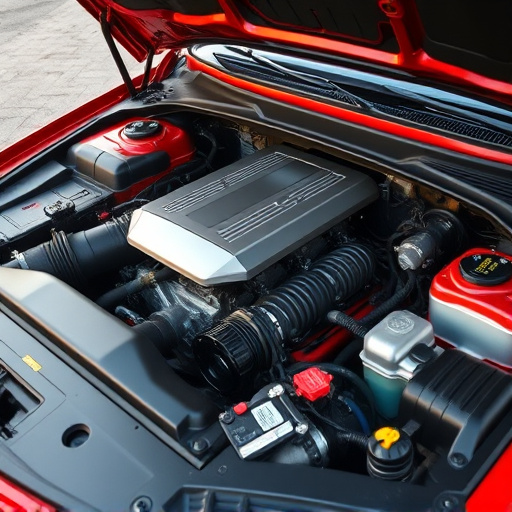
Polyurethane bushings play a significant role in enhancing ride quality and passenger comfort, especially when it comes to handling various road conditions. These bushings are designed to absorb and dampen vibrations, resulting in a smoother and quieter ride. By reducing the transmission of noise and harshness from components like brake rotors, exhaust tips, and performance air filters, polyurethane bushings contribute to improved overall driving experience.
The benefits extend beyond noise reduction. Polyurethane offers better compliance than traditional rubber bushing materials, allowing for increased flexibility and adaptability to road irregularities. This leads to enhanced handling characteristics, such as improved cornering precision and reduced body roll. Consequently, drivers enjoy a more comfortable and responsive drive, making long journeys more enjoyable and contributing to better control while navigating challenging terrains.
Polyurethane bushings have emerged as a game-changer in automotive engineering, offering significant advantages in terms of NVH (Noise, Vibration, and Harshness) reduction and ride quality enhancement. By understanding their unique materials and construction, we can appreciate how they mitigate unwanted noises and vibrations while providing improved comfort and handling. Incorporating polyurethane bushings into vehicle designs allows for a quieter, smoother ride, ultimately contributing to a better overall driving experience.


